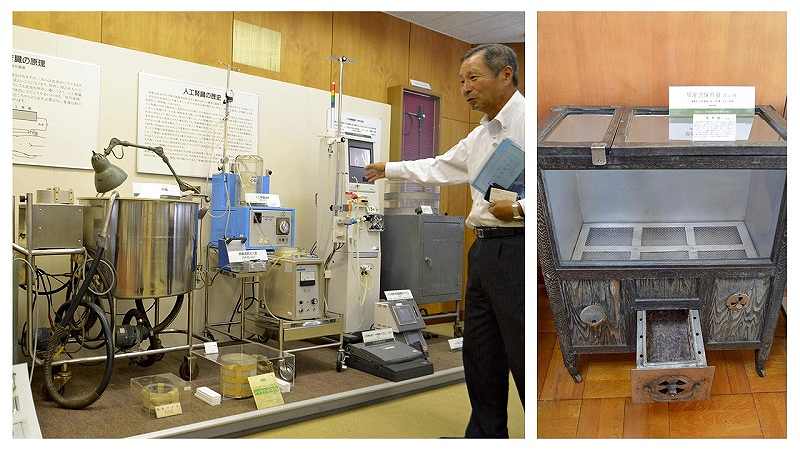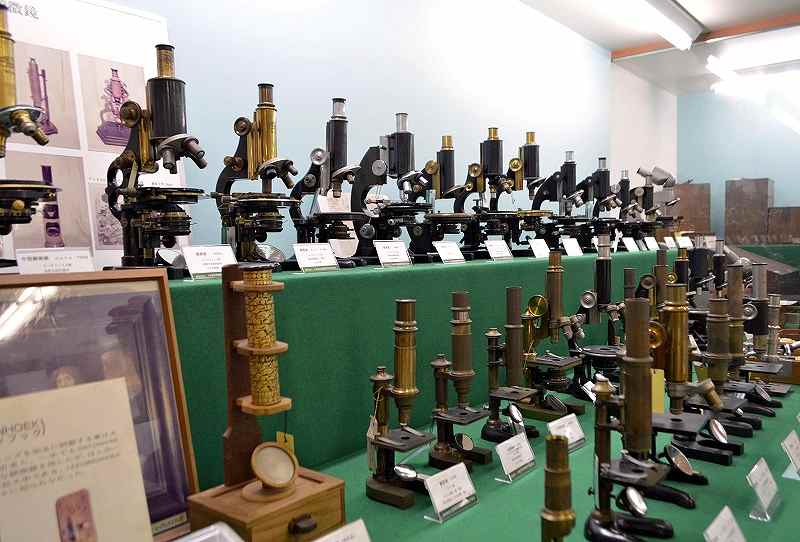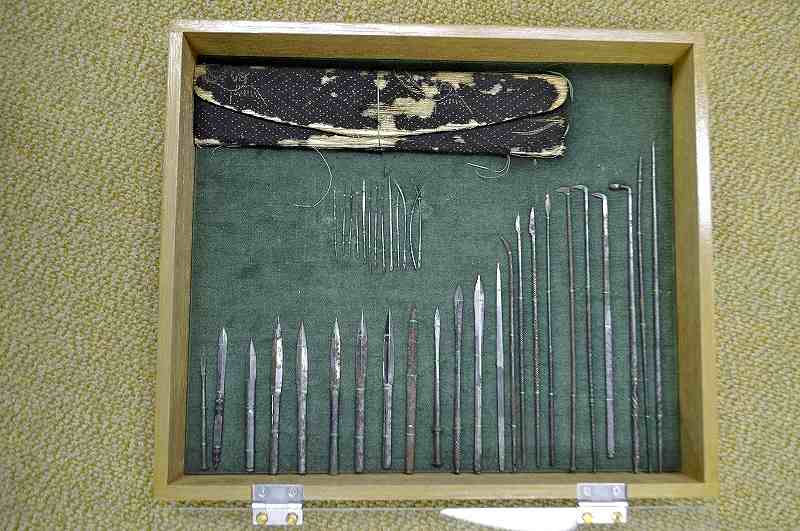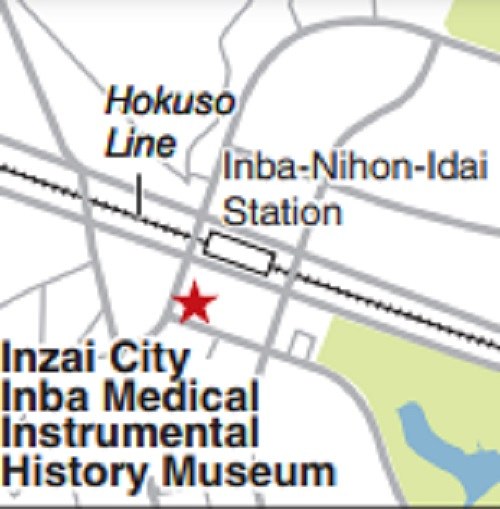Chiba: Museum unlocks Japan’s medical history

Left: Nobuyuki Yamazawa, operations chief at the Inzai City Inba Museum of Historical Medical Instruments, explains about an artificial kidney device used in the 1960s and 1970s. Right: A charcoal-heated incubator from the early Showa era (1926-1989)
10:00 JST, October 12, 2022
INZAI, Chiba — For an eye-opening insight into the history of medicine in Japan, take a trip to the Inzai City Inba Medical Instrumental History Museum in Inzai, Chiba Prefecture. The museum features about 1,000 pieces of medical equipment dating as far back as the Edo period (1603-1867) including surgical instruments, microscopes and cardiopulmonary bypass pumps — also known as heart-lung machines. Many of the exhibits were used in the field, and the museum affords visitors a unique opportunity to learn about medical practices in bygone Japan.
In 1975, then Senko Medical Instrument President Risaburo Aoki traveled throughout Japan searching out historically interesting medical equipment for the History of Medical Instrument Exhibition, which was held to commemorate the 50th anniversary of the Annual Meeting of the Japanese Society of Medical Instruments. Aoki headed the project of holding the exhibition.
Following the conference, the equipment was exhibited within the company, but following a request from the Inba municipal government (now Inzai City) the company opened the museum in 2007.
The exhibition space is organized under 10 themes. In the heart-related area, visitors can view artificial heart-lung machines from different periods. In 1956, doctors from Osaka University and other institutions carried out heart surgery using an artificial heart-lung machine — the first time for such surgery to be conducted in Japan. The museum’s machine is the same model as the one used in the groundbreaking 1956 surgery. The device soon sat idle because it was so loud when in use.
An artificial kidney dialysis machine used in the 1960s and 1970s can also be seen, in addition to a replica of a dialysis device that was used in 1950 to treat war-wounded individuals during the Korean War.
Other items of interest include an early pulse oximetry device, which measures oxygen saturation in the blood. Modern pulse oximeters — often only a few centimeters long — work by placing a small probe onto a finger, ear lobe or other body part. In contrast, the museum’s 70-year-old device reaches as high as waist level, reflecting the technological advancements made since.
Other culturally significant pieces include a reproduction of a surgical instrument used in the late Edo period by Hanaoka Seishu, who successfully performed the world’s first breast cancer surgery with the patient under general anesthesia; the first domestically produced microscope, made in the Taisho era (1912-1926); and a charcoal-heated incubator from the early Showa era (1926-1989).

Microscopes imported in the Meiji era (1868-1912) are lined up beside domestically manufactured microscopes from the Taisho era (1912-1926)

Surgical devices used during the Edo period (1603-1867)
“The instruments allow us to learn about the development of medicine,” said 68-year-old Nobuyuki Yamazawa, the museum’s chief of operations. “We can see that today’s medical care is founded on the desire of people in the past who wanted to help cure patients.”
***

Inzai City Inba Medical Instrumental History Museum
Operated by the Tokyo-based Japan association for the preservation of medical instruments and materials, the museum is a three-minute walk from Inba-Nihon-Idai Station on the Hokuso Line and Narita Sky Access Line. A staff member is available to explain the exhibits on the first Monday of each month.
Address: Maihime 1-1-1, Inzai City, Chiba Prefecture
Hours: 10 a.m. to 4 p.m. on Mondays, Wednesdays and Fridays. Closed Dec. 28 to Jan. 4.
Admission: Free
"Features" POPULAR ARTICLE
JN ACCESS RANKING



